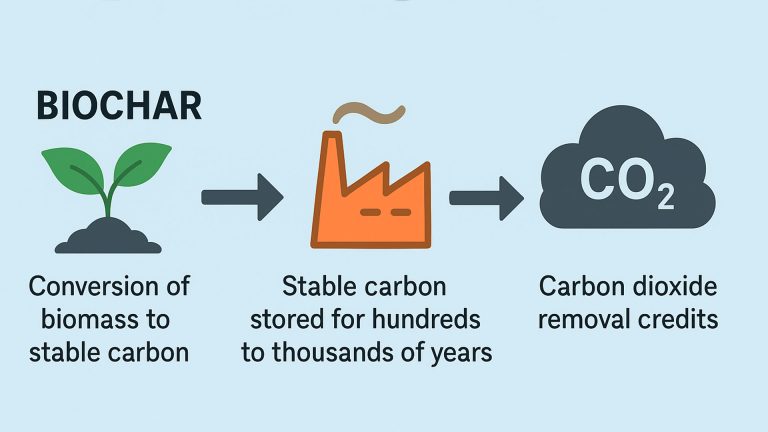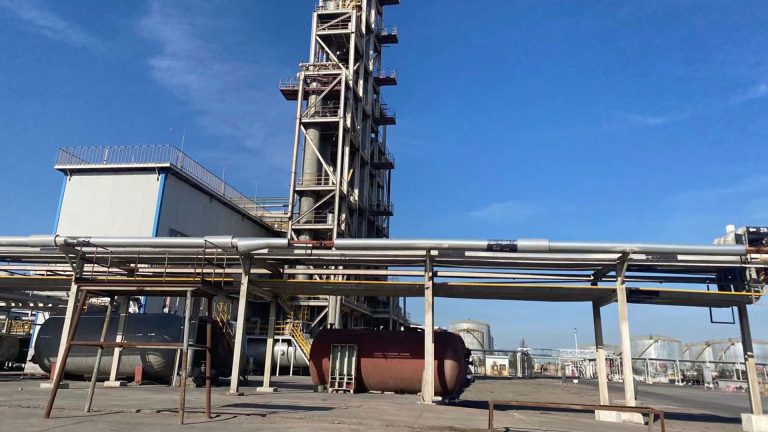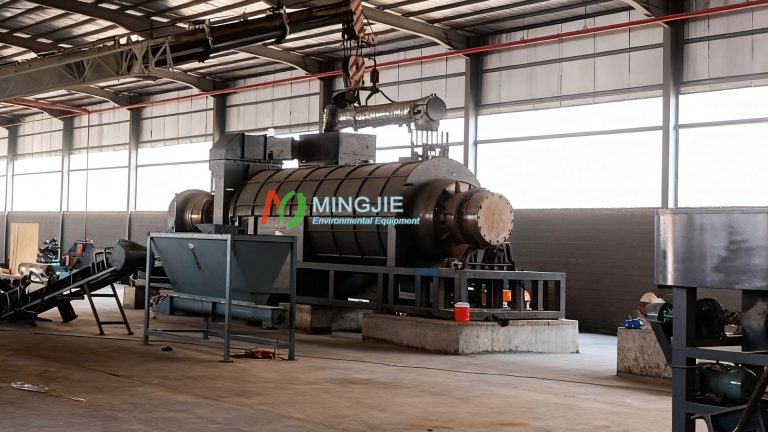As the world’s attention to sustainable development continues to increase, it is increasingly urgent to seek solutions to efficiently utilize biomass energy and reduce environmental pollution. Biomass, as a rich renewable energy source, is widely found in agricultural, forestry waste and domestic garbage. Common biomass wastes include straw, rice husks, wood chips, bamboo, coconut shells and bagasse. Converting biomass into biochar energy can realize the resource utilization of waste, and has significant environmental and economic benefits.
Biomass Energy – Biochar
As a biomass energy source, biochar has rich pore structure and large specific surface area, which makes it have good adsorption performance and stability.
Different biomass raw materials and pyrolysis conditions will affect the properties and yield of biochar. For example, woody biomass can usually produce higher quality biochar, while higher pyrolysis temperature will reduce the yield of biochar, but can increase its fixed carbon content and porosity.

Principle of Biomass Pyrolysis Technology
Converting waste biomass into biochar energy is mainly achieved through pyrolysis technology. Our biomass carbonization plant is able to convert waste biomass into biochar. Carbonization equipment heats biomass at high temperature (usually 300-700℃) in an oxygen-deficient or low-oxygen environment.
During the pyrolysis process, biomass undergoes a series of complex physical and chemical changes. Macromolecular organic compounds gradually decompose into small molecular gases (methane, hydrogen, carbon monoxide), bio-oil and solid biochar.
Production Process of Biomass Energy
- Raw material pretreatment: pre-treat the collected raw materials to remove impurities. And crush, dry and other treatments are carried out as needed to achieve the appropriate particle size and moisture content.
- Pyrolysis reaction: send the pre-treated biomass to the biomass carbonization plant. In the pyrolysis reactor, the biomass undergoes pyrolysis reaction by precisely controlling parameters, such as temperature, heating rate and reaction time. The gas and bio-oil produced by pyrolysis are collected through specific pipelines for subsequent treatment and utilization. The generated biomass energy biochar is discharged from a specific outlet.
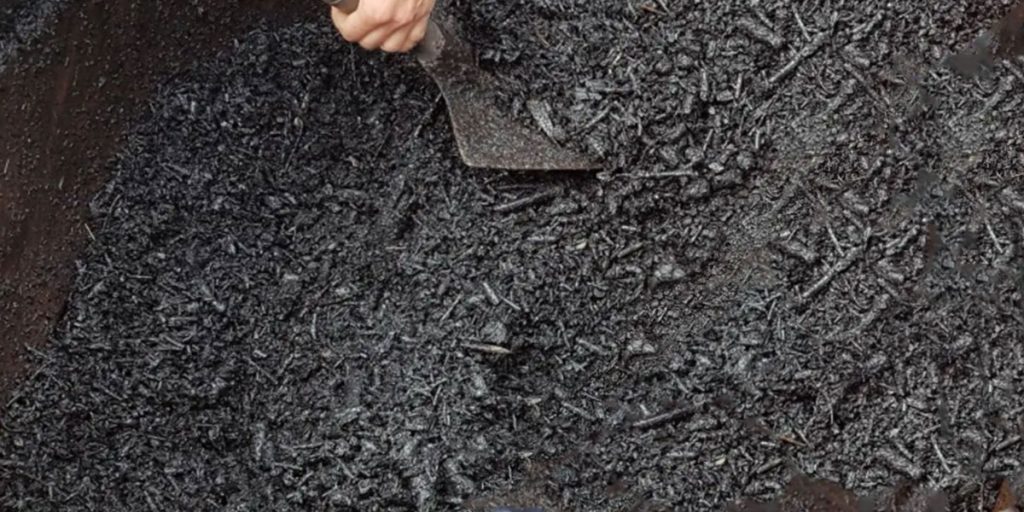
Application of Biochar
- Agricultural field: Biochar applied to the soil can improve soil structure and soil fertility.
- The rich pore structure of biochar can absorb nutrients and water in the soil, reduce nutrient loss, and provide a good environment for plant growth.
- Biochar can also regulate soil pH, promote the growth and reproduction of beneficial microorganisms, enhance the biological activity of the soil, and thus improve the yield and quality of crops.
- Environmental remediation: Due to its strong adsorption capacity, biochar can be used to treat sewage and contaminated soil.
- In sewage treatment, biochar can adsorb heavy metal ions, organic pollutants, etc. in water, reduce the concentration of pollutants, and purify water quality.
- In soil remediation, biochar can fix harmful substances in the soil, reduce their harm to the environment and human body, and help repair damaged ecosystems.
- Energy field: Biomass energy biochar can be used as a solid fuel with high calorific value and low volatile content.
- In some remote areas or areas with tight energy supply, biochar can be used as a reliable source of energy for heating, power generation, etc.
- In addition, biochar can be mixed with traditional fuel (coal) to improve combustion efficiency and reduce pollutant emissions.
Biomass Energy Project
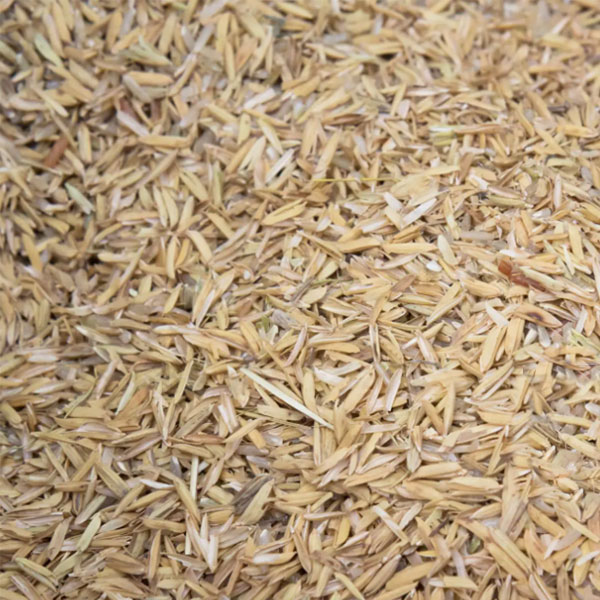


Modern biomass carbonization plant can efficiently convert biomass into solid charcoal by pyrolysis. It is able to produce clean energy and reduce carbon emissions. The raw material sources of Mingjie biomass pyrolysis machine are widely applicable to bamboo, wood, rice husks, straw, nut shells, coconut shells, palm shells, sawdust, bagasse, etc. The biomass energy project can form an industrial chain through the coordinated development of multiple industries, such as agriculture, environmental protection, and energy. It can drive the development of related industries and promote economic growth.
Advantages of Biomass Pyrolysis Projects
- Biomass energy can reduce dependence on traditional energy and raw materials and promote the use of renewable energy.
- Biochar and its related products have broad market prospects and can create considerable sales revenue.
- The biomass pyrolysis project helps solve the problem of biomass waste treatment.
- It also reduces environmental pollution caused by waste accumulation and incineration, and improves the quality of urban and rural environment.
- The application of biomass energy in the agricultural field can increase crop yields and ensure food security. It has positive significance for promoting rural economic development and increasing farmers’ income.
- The implementation of the biomass pyrolysis project also promotes the dissemination of the concept of sustainable development and improves people’s environmental awareness.


